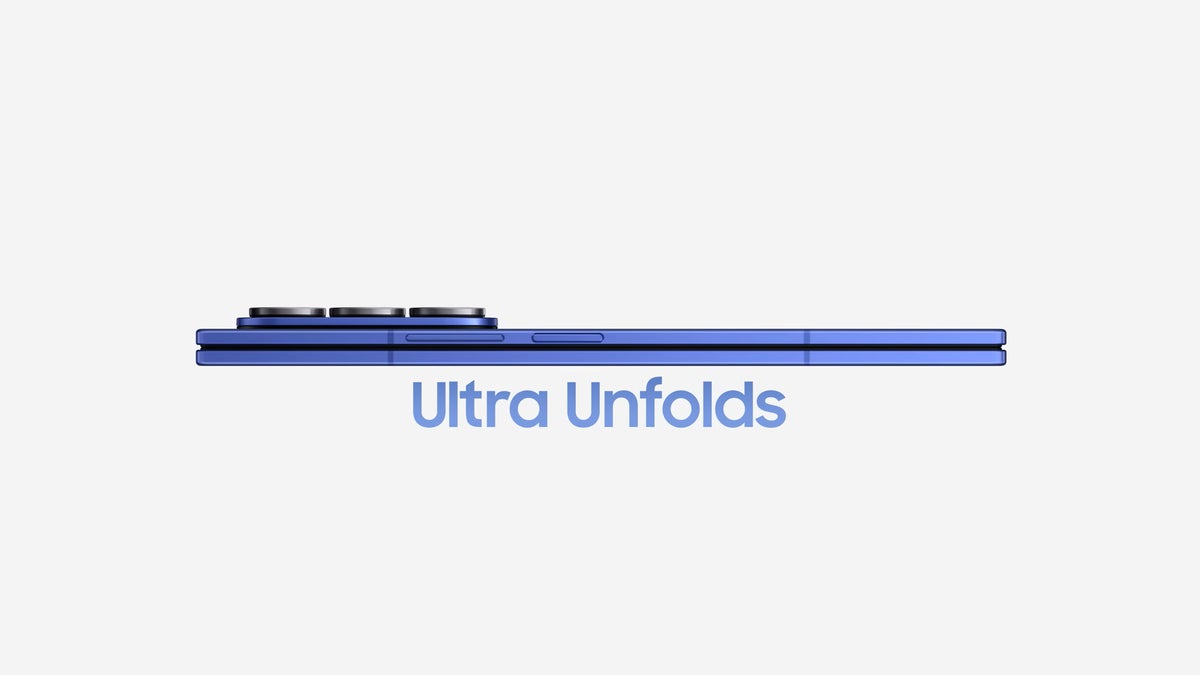As covered recently on Phoronix there has been several exciting improvements for aging AMD Radeon GCN 1.0 and GCN 1.1 era graphics cards for the open-source AMD Linux graphics driver stack. This work has been led by Timur Kristóf of Valve’s Linux Open-Source Graphics Driver Group with an ultimate goal of shifting the GCN 1.0/1.1 open-source Linux driver hardware support from the aging “Radeon” kernel graphics driver over to the “AMDGPU” kernel driver already used by default for all AMD GPUs/accelerators from GCN 1.2 and newer.
Timur Kristóf over the past several months worked out analog video connector support for AMDGPU DC as one of the missing features when using GCN 1.0/1.1 GPUs on the AMDGPU kernel driver. He’s also been working on other fixes and improvements for allowing the Radeon Southern Islands and Sea Islands GPUs to play nicely with this driver. By going with the AMDGPU driver, these first two generation Graphics Core Next GPUs can enjoy RADV Vulkan driver support out-of-the-box, better performance, and all around a more well rounded and better maintained open-source driver than using the legacy Radeon driver.
This work culminated with patches recently proposed for GCN 1.1 GPUs by default on AMDGPU. That is currently being worked through and will hopefully be upstreamed in the next cycle or two. Following that there are plans/hopes to also use GCN 1.0 by default on the AMDGPU driver too once everything is squared away.
For those curious about more background on this effort by Timur Kristóf of Valve’s Linux Open-Source Graphics Driver Group, he presented on the topic at the X.Org Developers Conference (XDC 2025) at the end of September in Vienna, Austria. (The YouTube recordings from XDC2025 were only published this week.) The presentation came before the recent patches for GCN 1.1 by default on AMDGPU and the like, but can provide more background and context for those interested in this improvement for old AMD Radeon graphics cards on Linux. The presentation was titled “A love song for gamers with old GPUs.”
Timur’s presentation is embedded above and the PDF slide deck can be found here.









